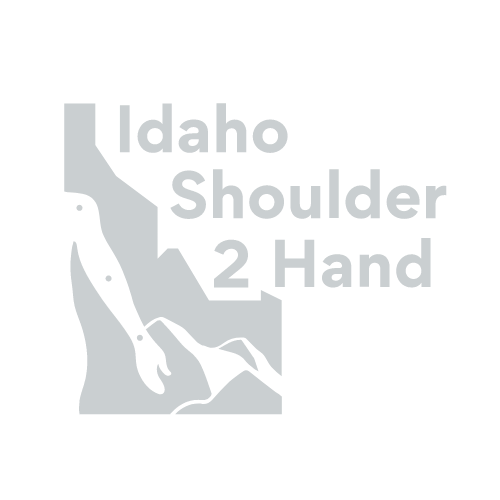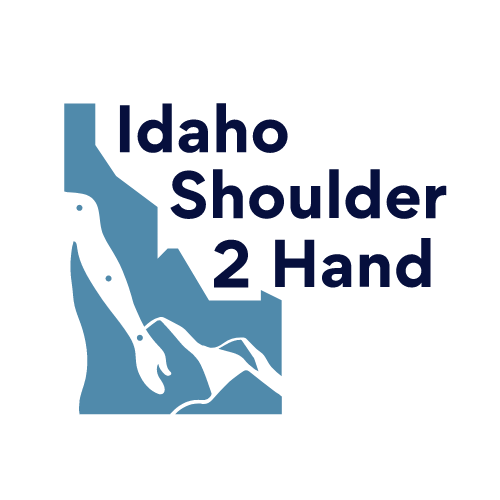The shoulder joint possesses more mobility than any other part of the body. That mobility, however, also makes it the least stable joint human beings have.
In 1980, doctors coined the term multidirectional shoulder instability to refer to the failure of the shoulder to move the way one intends. If your shoulder won’t stop when you want it to stop, you might have such an affliction.
Do you want to know how a shoulder gets this way and how to heal it? Read more for a crash course on shoulder instability treatment and diagnosis.
Types of Multidirectional Shoulder Instability
Doctors differentiate shoulder instability cases based on how they started. These problems fall into two categories: traumatic and atraumatic.
Traumatic Shoulder Instability
Traumatic shoulder instability happens when an injury loosens the shoulder. Doctors can evaluate and discover this kind of injury when investigating shoulder issues for a potential torn ligament or other common injury.
Atraumatic Shoulder Instability
Atraumatic instability, then, occurs when no specific injury leads to the problem. One day, the shoulder starts gliding too far with each movement.
Sometimes an unnoticed injury blurs the line between these two categories. Someone with atraumatic instability might have stretched a muscle too far while training and not noticed.
Risks for Multidirectional Shoulder Instability
Many patients who encounter this problem describe themselves as double-jointed. Hypermobile shoulders often lead to instability. The same traits that lend this extra flexibility can make the joint loose.
Lots of patients who face this issue participate in sports involving the arm and shoulder. Climbers, baseball players, and tennis players often lose shoulder stability. Other athletes face the problem as well.
If you have stability problems in other joints, shoulder joint stability issues can crop up later. Many patients have extension issues with their knees or elbows.
Treatments
Like many shoulder injuries, doctors can perform surgery to address the problem. Many who develop the condition can perform shoulder dislocation on their own, though, and those who can make poor surgical candidates.
Most patients instead opt for physical therapy for shoulders. Physical therapy involves specific guided exercises under the care of a professional.
For athletes, physical therapy often includes an assessment of form. On top of shoulder strengthening exercises, the athlete makes adjustments to common motions in the sport.
Prognosis
The majority of patients get pain relief and stability from physical therapy. Sticking with it for three months will often improve the condition. Those who don’t can find an orthopedic surgeon and explore surgery.
For a few patients, though, muscle laxity and any associated pain stick around.
Tightening Up
Multidirectional shoulder instability can leave you feeling like your arm is weak and ineffective. If you talk to a physical therapist and set clear treatment goals, you can recover. Make sure to stick to any exercises your physical therapist gives you to give yourself the best shot at recovery.
If you’ve got arm trouble, we want to get you back on track. We offer total care for a wide range of shoulder, arm, and hand injuries common among athletes. Make an appointment with Idaho Shoulder 2 Hand and get your life back on track.

